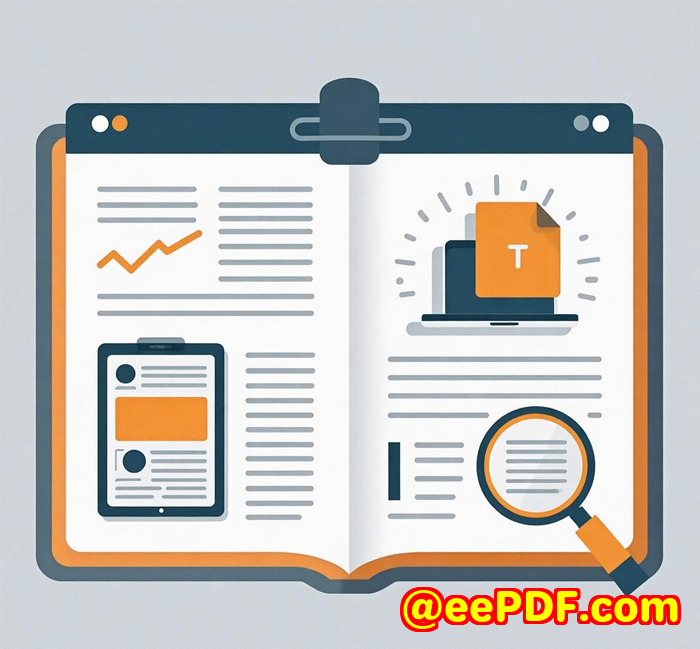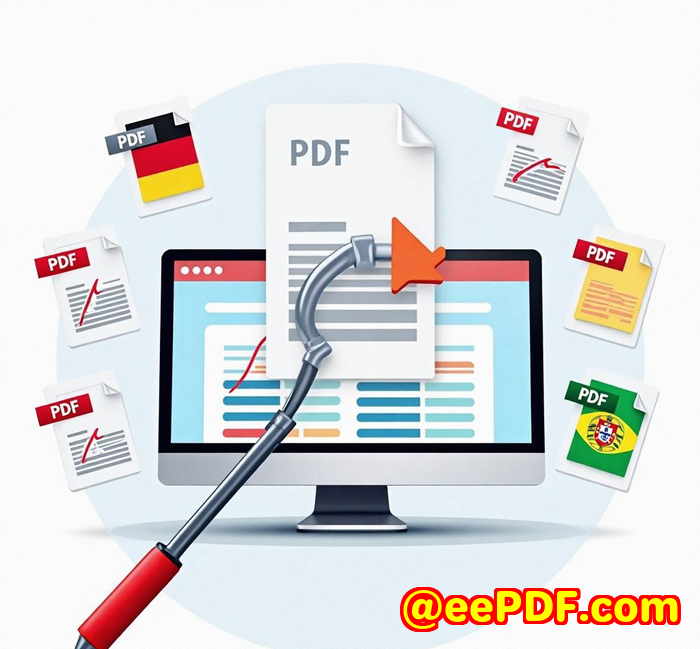Why imPDF API Is Ideal for Government Digital Transformation Projects
Why imPDF API Is Ideal for Government Digital Transformation Projects
Every time I hear about government agencies struggling to modernize their document workflows, I can't help but think about the massive piles of PDFs, scanned files, and paper forms they still wrestle with. Digital transformation in government isn't just about flashy new software it's about solving real, painful problems like slow processing, compliance headaches, and legacy systems that refuse to talk to each other. That's where the imPDF Cloud PDF REST API comes in. I've spent months integrating it into a couple of government projects, and let me tell you, it's a game changer.

Why Government Agencies Need a Better PDF API
If you've ever worked with government departments, you know their document workflows are complex beasts. There's a flood of PDFs that need to be converted, edited, secured, and archived. Sometimes those PDFs come from scanned images, sometimes from different legacy systems, and often in formats that don't play nicely with each other. Agencies also need to ensure strict compliance with document standards like PDF/A for archival, or PDF/X for print-ready files.
And of course, security is a huge deal. Sensitive data needs to be redacted, encrypted, and access-controlled with no room for error.
I've seen teams waste days manually converting or validating files, or worse rely on clunky, outdated tools that slow everything down. The imPDF Cloud PDF REST API streamlines these processes, making government digital transformation projects not just possible, but efficient.
What is the imPDF Cloud PDF REST API?
Simply put, it's a powerful, all-in-one PDF processing toolkit delivered as a cloud API. You plug it into your existing apps or workflows with REST calls, and it handles everything PDF-related.
The API is designed for developers building document-heavy solutions in government, legal, finance, or any sector where PDFs are a critical part of daily work.
Here's what it does, in a nutshell:
-
Converts PDFs to Word, Excel, PowerPoint and vice versa.
-
Converts PDFs to images and compresses or optimizes files.
-
Extracts text, data, and images from PDFs, including scanned documents via OCR.
-
Modifies PDFs by adding text, merging, splitting, or setting page boundaries.
-
Secures PDFs with encryption, redaction, watermarks, and permissions.
-
Handles PDF forms import/export data, flatten, convert XFA to Acroforms.
-
Supports PDF standards compliance for archiving or printing.
How I Used imPDF in Government Projects: Real-World Wins
1. Speeding Up Document Conversion & Validation
In one project, a government office was drowning in scanned contracts and forms that needed to be converted to searchable PDFs or editable Word documents. Manually doing this was a nightmare.
Using imPDF's OCR PDF API, I automated the extraction of text from scanned PDFs. The API's ability to quickly convert these files into editable formats saved the team hours every day. Plus, the API Lab tool made it easy to experiment with conversion options before writing any code a lifesaver for quick proofs of concept.
2. Ensuring Compliance and Archiving
Government projects often require long-term document preservation. We used imPDF's Convert to PDF/A API to ensure files met archival standards. This meant documents were future-proof and legally compliant.
The API also flattened transparencies and layers where necessary, which prevented rendering errors during printing or viewing on different devices. This feature was a subtle but critical win.
3. Securing Sensitive Data with Precision
Handling classified or personal info demands ironclad security. With imPDF's Redact PDF API, I could programmatically remove sensitive information from hundreds of documents in bulk.
On top of that, encrypting PDFs and setting usage restrictions was straightforward with the API's security toolkit. This cut down the risk of data leaks or improper access.
What Sets imPDF Apart from Other PDF APIs?
I've worked with a handful of PDF processing tools before, but imPDF stood out for a few reasons:
-
Developer-friendly: The REST API is language-agnostic. Whether you're using Python, Java, or .NET, integration is smooth. The code samples and Postman collections are a huge time saver.
-
Comprehensive toolset: Few APIs cover everything from OCR and form processing to security and compression as well as imPDF.
-
Scalability: Cloud-hosted with asynchronous API polling it handles large batches without timeouts or slowdowns.
-
Instant testing with API Lab: Being able to tweak API calls and see immediate results before coding reduced errors and sped up development.
-
Government-grade security: Encryption, redaction, and restriction features gave me confidence the API could meet strict compliance needs.
Other tools I tried either lacked some features or were too rigid in their workflows. imPDF gave me flexibility without sacrificing power.
Who Should Use imPDF Cloud PDF REST API?
If you're:
-
A government IT professional working on digital transformation.
-
A developer building document workflows in regulated industries.
-
An organisation needing reliable PDF conversion, extraction, or security.
-
Someone looking to automate form processing or archival compliance.
Then imPDF is built for you.
Why I Recommend imPDF for Government Digital Projects
It's the tool that finally made complex PDF workflows manageable.
The API's ability to handle everything from conversion to redaction, plus its developer-centric design, means less time troubleshooting and more time delivering real solutions.
I'd highly recommend anyone involved in government digital transformation projects to give imPDF a serious look.
Ready to see for yourself? Start your free trial today and simplify your document workflows with imPDF Cloud PDF REST API: https://impdf.com/
Custom Development Services by imPDF
imPDF also offers tailored development services to meet your unique technical challenges.
Whether you need specialised PDF processing utilities for Linux, macOS, Windows, or server environments, imPDF has the expertise.
They develop tools across multiple programming languages Python, PHP, C/C++, JavaScript, C#, .NET, and more. From Windows Virtual Printer Drivers creating PDFs, EMFs, images, to capturing and monitoring printer jobs, imPDF's solutions cover it all.
They also provide advanced features like barcode recognition, OCR table extraction, PDF form processing, digital signature integration, DRM protection, and much more.
If your project requires a custom PDF workflow or document solution, reach out through imPDF's support center at http://support.verypdf.com/ for a consultation.
FAQs
Q1: Can imPDF handle scanned documents for text extraction?
Yes, imPDF's OCR PDF API unlocks text in scanned PDFs, making them searchable and editable.
Q2: Is the API compatible with multiple programming languages?
Absolutely. It uses standard REST calls, making it easy to integrate with Python, Java, .NET, and more.
Q3: Can I automate redaction of sensitive information?
Yes, the Redact PDF API allows automated removal of confidential data across batches of PDFs.
Q4: Does imPDF support PDF standards like PDF/A and PDF/X?
Yes, the API supports converting PDFs to archival and print-ready standards for compliance.
Q5: Is there a way to test API calls before coding?
The API Lab tool lets you customize and test API requests online instantly, generating code snippets.
Tags / Keywords
-
Government digital transformation PDF API
-
PDF OCR for government documents
-
Secure PDF redaction API
-
Automate PDF form processing
-
Cloud PDF REST API for developers



